Lisbon, the capital and biggest city in Portugal, is in the top of the most popular tourist destinations in Europe. The “city of the seven hills” has won the hearts of visitors from all over the world through a sumptuous fusion of tradition and modernity. Have you ever thought of what to see in Lisbon?
1. Lisbon’s historic quarters
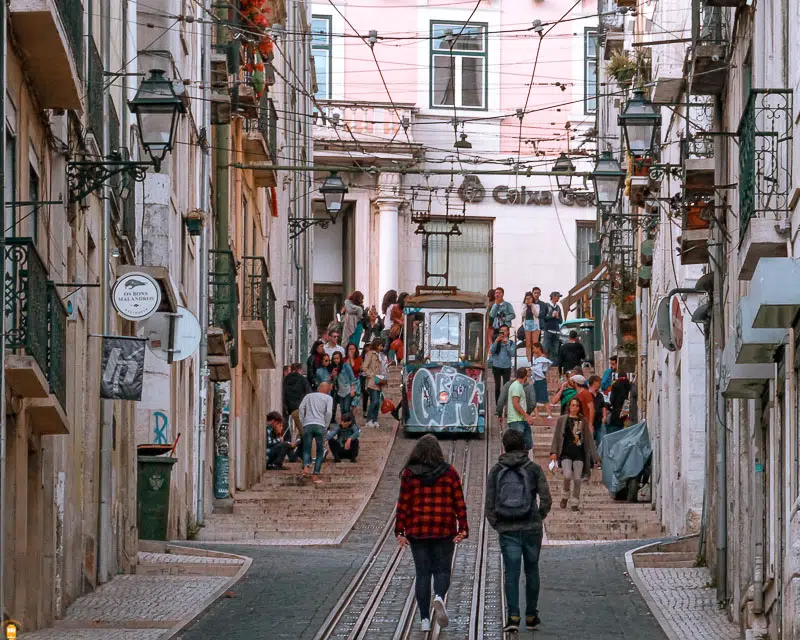
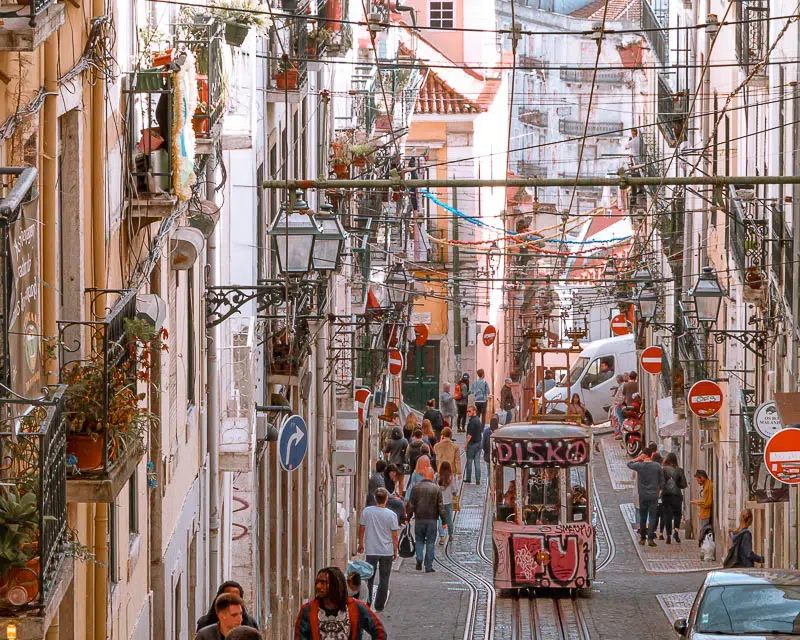
Most of the authenticity you’ll find in Lisbon is at its historic quarters. There, you’ll get to know the most genuine people, taste the most typical meals and, why not, take the opportunity to hear the real Lisbon fado.
The beautiful Alfama quarter is one of the oldest in the city and is one of those places you can’t forget when making a list of what to see in Lisbon.
Located in the heart of the capital, this is definitely one of the most typical locations to discover the Portuguese culture. The narrow streets, flowered balconies, restaurants, fado and daily life scenes are part of the tour. Furthermore, you can ask around – surely you’ll find someone that can tell you what to see in Lisbon.
Tip: take the tram nº 28 to visit Alfama or walk there (wear appropriate footwear). Make a stop at one of many old taverns and enjoy a meal of fresh grilled fish.
Another quarter you should discover in the Portuguese capital is Bairro Alto. The quarter has two faces: ordinary during the day and classy at night. There are many bars, restaurants, bookshops, discos and a superb panoramic view.
Apart from these reasons, you should know that Bairro Alto is also very welcoming and everyone is eager to help you out if you need any information.
Tip: take one of these two elevators: the Ascensor da Bica or the Elevador da Glória.
There are other historic quarters in Lisbon worth a visit but these are definitely two of the most authentic and genuine.
Information: I suggest you book this tuk-tuk tour that will take you to discover the beautiful historic quarters of Lisbon. On this pleasant two-hour guided tour, you will have the opportunity to visit the historic centre, where Lisbon was born, once occupied by Romans and Moors.
Discover the genuine quarters of Alfama, Chiado and Bairro Alto and, along the way, also admire the narrow streets and unmissable points of interest such as the cathedral Sé Catedral, the National Pantheon, the monastery Mosteiro de São Vicente de Fora. Also know that you will stop at the viewpoints that offer the best views over the city
As an alternative to the above-mentioned activity, you can choose this late-afternoon walking tour through the historic quarters of Alfama and Baixa and enjoy a magnificent dinner in a fado house that will give you the possibility to watch live this musical genre so unique and special.
2. Lisbon’s viewpoints

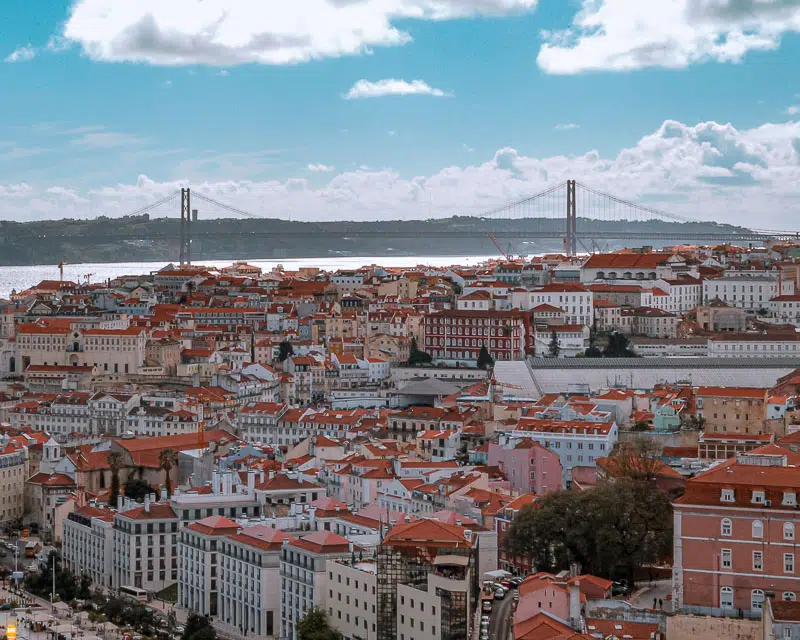
Lisbon is also known as the “city of the seven hills” and, maybe because of that, there are many viewpoints scattered throughout the city offering its visitors some of the best views over the Portuguese capital.
Stroll through the historic quarters and stop at the viewpoints to admire the city and its monuments like São Jorge Castle and the National Pantheon. Among the favourite viewpoints, I must point out the ones of Senhora do Monte, Portas do Sol, São Pedro de Alcântara and Santa Catarina.
3. Praça do Comércio

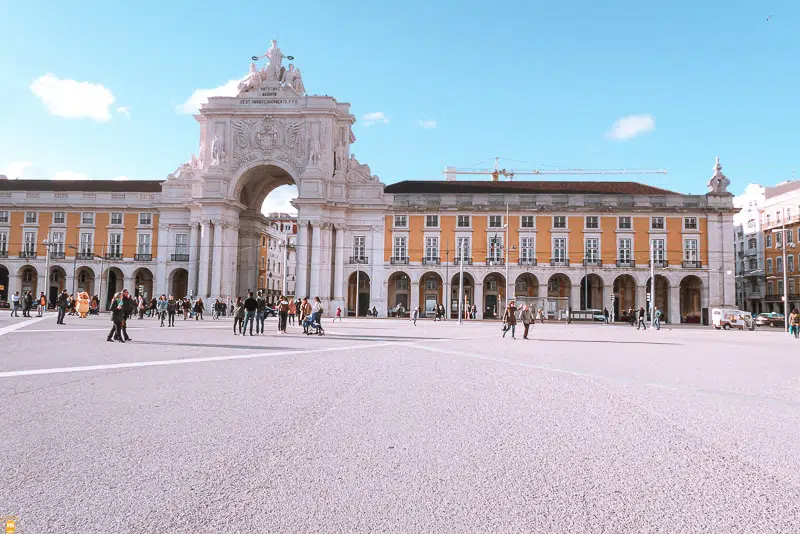
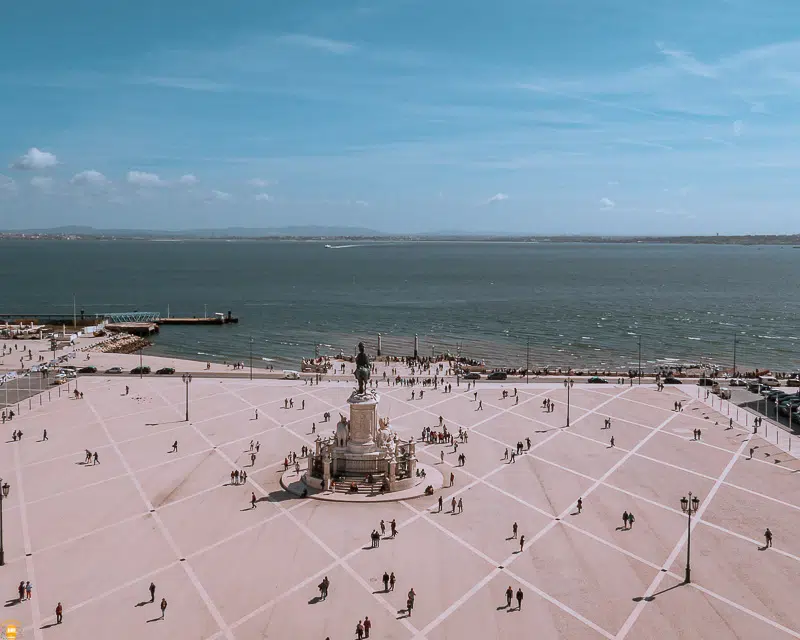
The square Praça do Comércio, also known as Terreiro do Paço, is one of the most famous places in Lisbon and is located in Baixa Pombalina (downtown), facing Tagus river. This is definitely a place to consider when thinking of what to see in Lisbon.
It was here that, throughout centuries, many heads of state disembarked for meetings with the Portuguese kings and queens.
But other important historical events took place at this location such as the destruction caused by the major earthquake of 1755 and the regicide of D. Carlos and his son, in 1908, that marked the beginning of the end of monarchy in Portugal.
4. The Cathedral
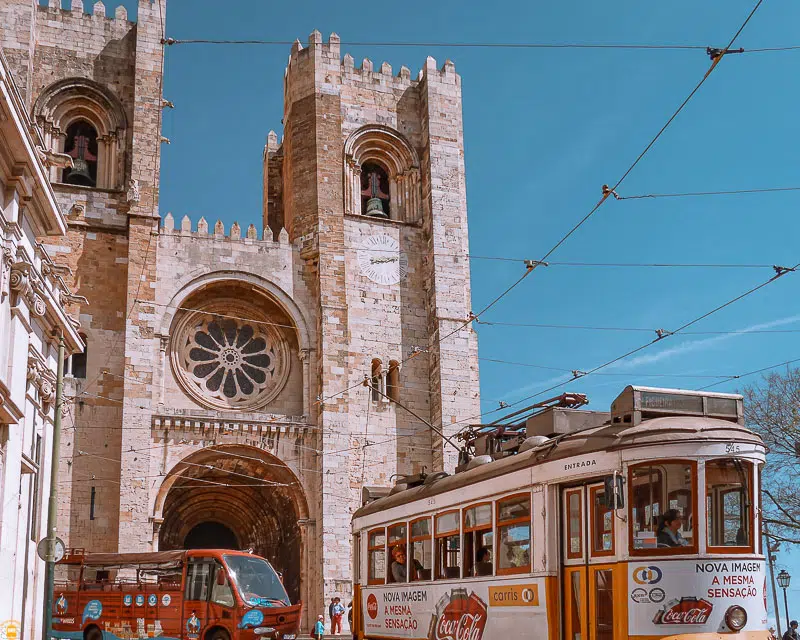
The Cathedral of Lisbon holds the title of oldest church in the Portuguese capital, having been built in the second half of the 12th century, right after Lisbon being conquered from the Moors.
As years went by, this cathedral was enriched with different architectonic styles, with Romanesque, Gothic and Baroque traits and it was here that some Portuguese started to be buried.
Unfortunately, the major earthquake of 1755 destroyed several original parts of the cathedral and, because of that, a reconstruction was in order. In the beginning of the 20th century, refurbishment works returned some of the medieval beauty to this building.
5. National Pantheon
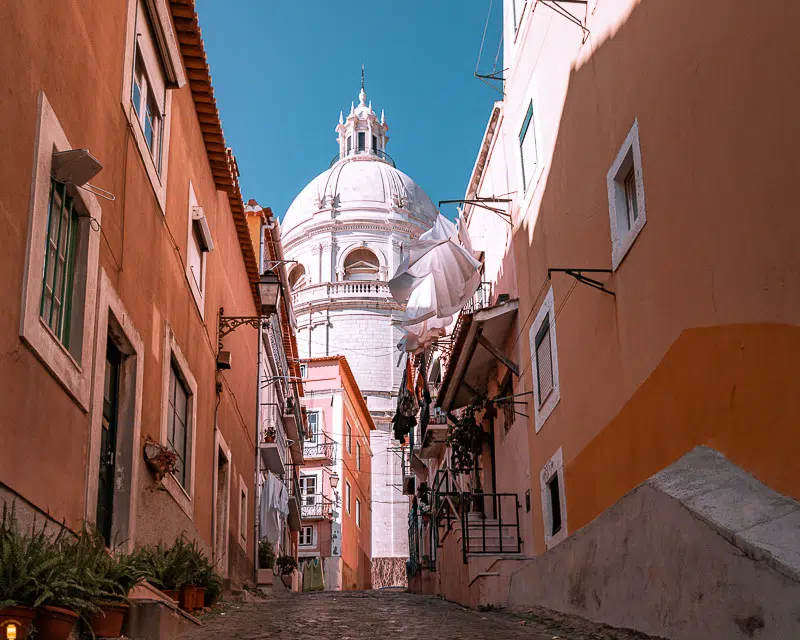
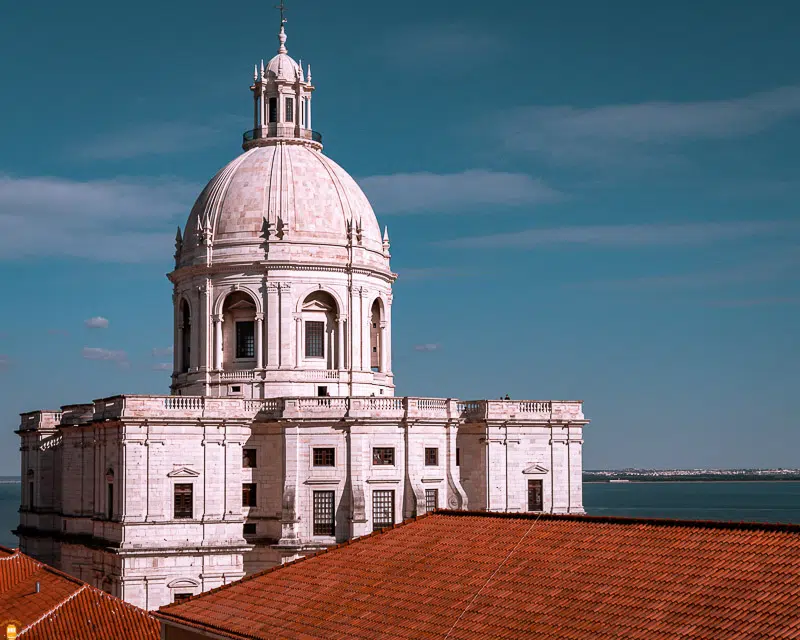
Considered one of the most emblematic buildings in Lisbon, the National Pantheon is the last residence for many important Portuguese historical figures of different areas such as Almeida Garrett, Amália Rodrigues and Eusébio.
Apart from the tombs of presidents, writers and others, you’ll find here some cenotaphs of other Portuguese heroes like D. Nuno Álvares Pereira, Henry the Navigator and Pedro Álvares Cabral.
6. Carmo Convent
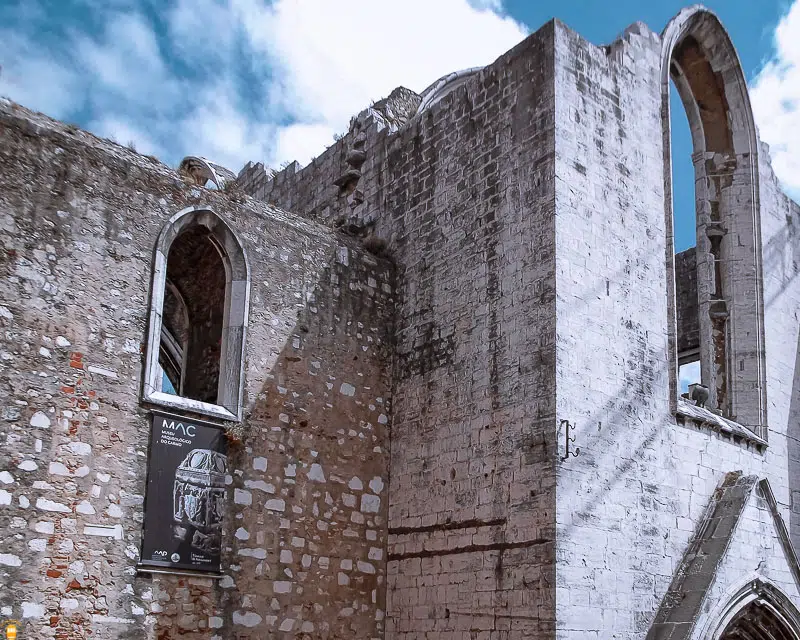
Carmo Convent is located in the historic centre of Lisbon and is in ruins. However, it is a place you’ll definitely want to visit since it is one of the memories the city still has from the 1755 earthquake that destroyed most part of the city.
This Gothic-style building underwent some reconstruction works but they stopped when religious orders were banished from Portugal during the 19th century – from this reconstruction remains the pillars and the arches from the nave.
At this location you’ll also find Museu Arqueológico do Carmo, a museum where several pieces stand out, from Pre-History to the contemporary era, including the beautiful Gothic tomb of king D. Fernando I.
7. São Vicente de Fora Monastery
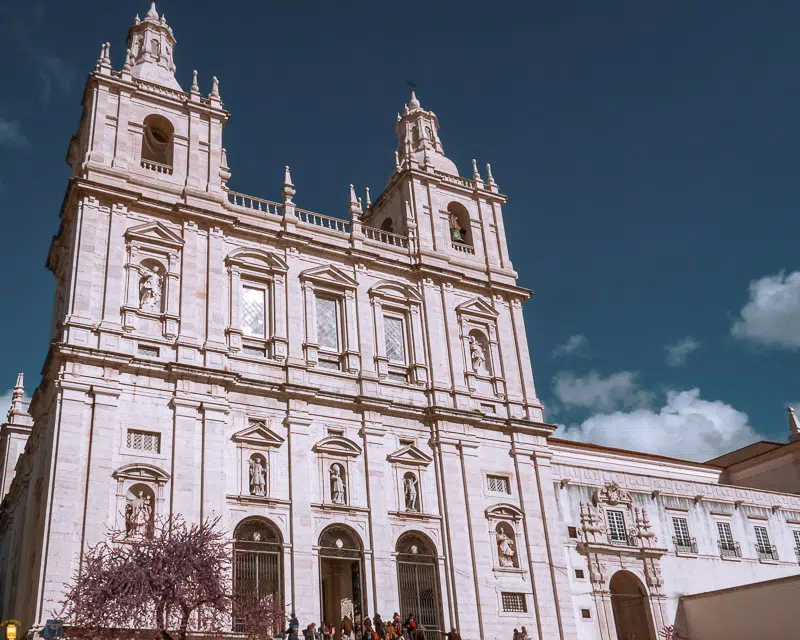
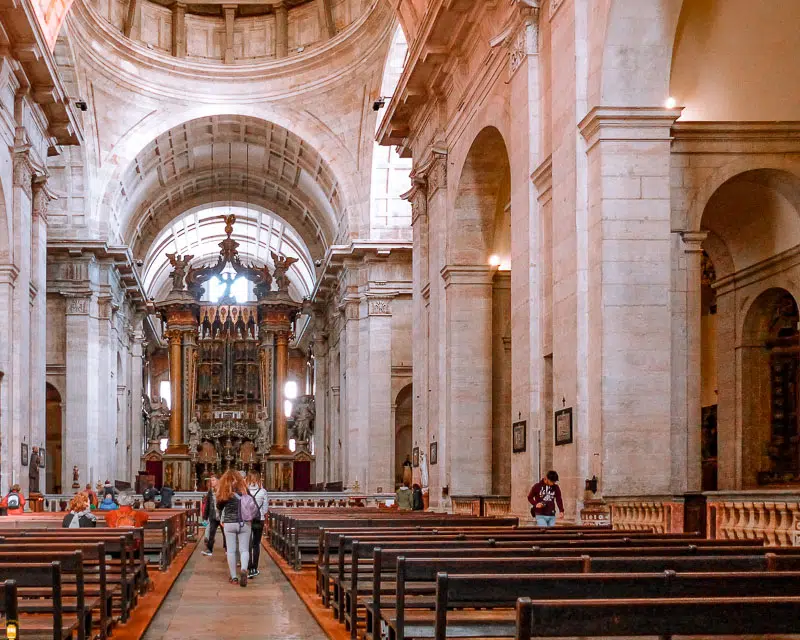

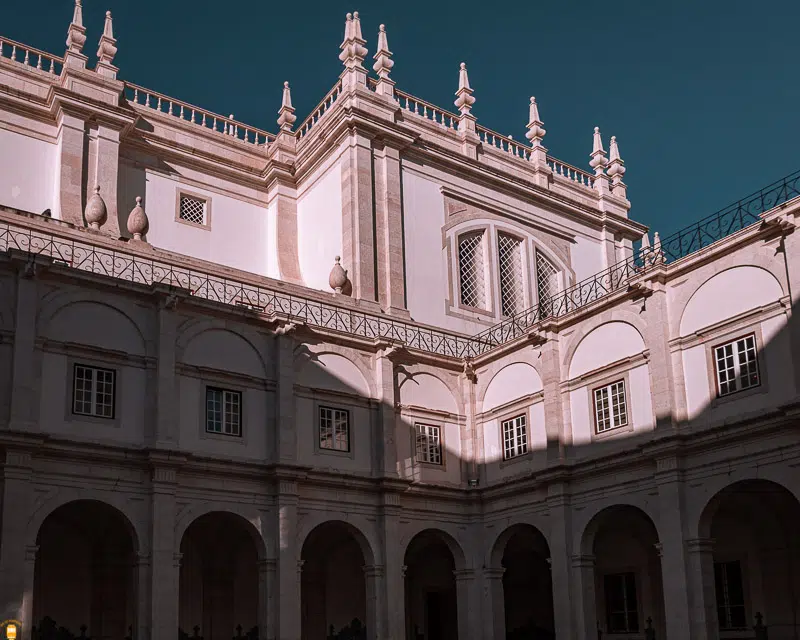
São Vicente de Fora Monastery was built between the 16th and 17th centuries, during the Philippine Dynasty, and is considered as one of the most important examples of the Mannerism style in Portugal, despite having Gothic and Baroque features too. Here you’ll also find one of the most beautiful glazed-tile collections in the country.
This monastery is located at a place where another monastery existed before with the same name and commissioned by king D. Afonso Henriques as a way for him to thank the conquest of Lisbon from the Moors, in the mid-12th century.
Today, this Portuguese monument is also classified as a pantheon and here you’ll find tombs of most of the cardinal-patriarchs of Lisbon as well as kings, princes and infantes (children of kings and queens we weren’t firstborn) from the Bragança Dynasty, the last Portuguese Royal House.
8. Graça Church and Convent
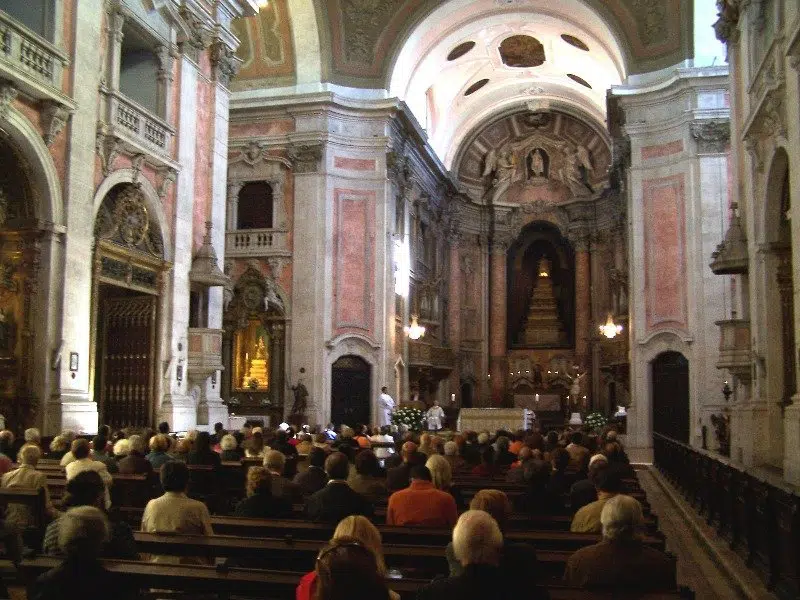
This building, classified as a Portuguese monument, was built in the 13th century but was rebuilt and restored after the 1755 earthquake that caused destruction throughout the capital.
In this religious set, the Mannerist, Baroque and Rococo features stand out, giving a unique and wonderful charm to this monument and dazzling those who pass by this place. Take the opportunity to admire the painted ceiling and the amazing glazed-tile panels.
Before you leave this area, enjoy one of the most wonderful views over the city of Lisbon in the beautiful Sophia de Mello Breyner Andresen viewpoint.
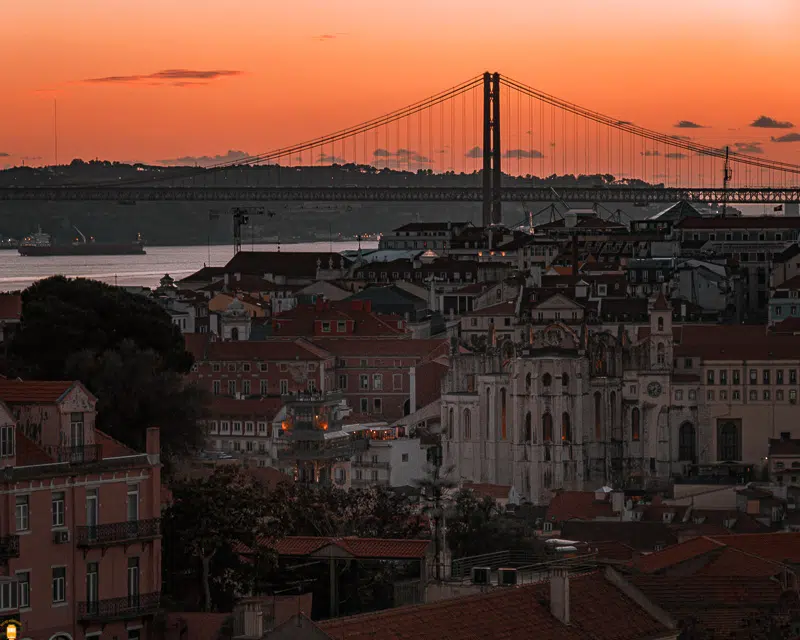
9. Museu Nacional de Arte Antiga
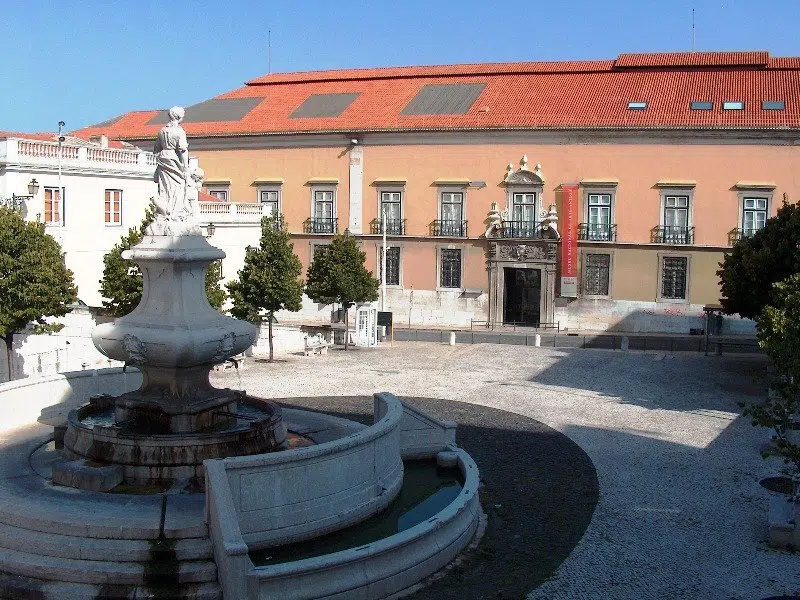
The Museu Nacional de Arte Antiga (Ancient Art National Museum) holds the status as one of the most visited museums in Portugal and here you’ll find works of art since the beginning of Portugal as a country in the 12th century until the 19th century.
This museum was inaugurated in 1884 and has a 40 000-piece collection, some of which considered as “national treasures” in the most different areas such as painting, sculpture and decorative arts originating not only from Europe but also from Africa and Asia.
Save some time to explore and admire works of art in this amazing museum, one of the Lisbon museums you should visit
10. Lx Factory

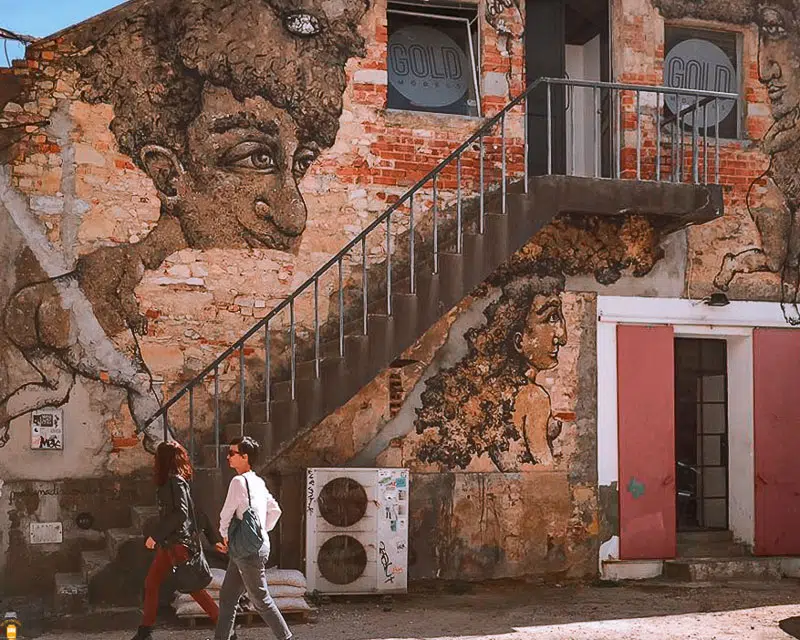
Located in the beautiful Alcântara quarter, Lx Factory is one of the places to discover in the Portuguese capital and there are several reasons to go visit this place.
Know that you can enjoy some of the most beautiful views over Tagus river and 25 de Abril bridge at this place, especially at an open area with panoramic terrace in the 4th floor, at the restaurant Rio Maravilha – definitely worth your while!
Apart from the beautiful views, don’t miss the opportunity to explore the remaining area of Lx Factory and discover other amazing places with unique designs such as restaurants and bars, a bookshop, a kiosk and even an escape room.
11. Museum of Art, Architecture and Technology (MAAT)
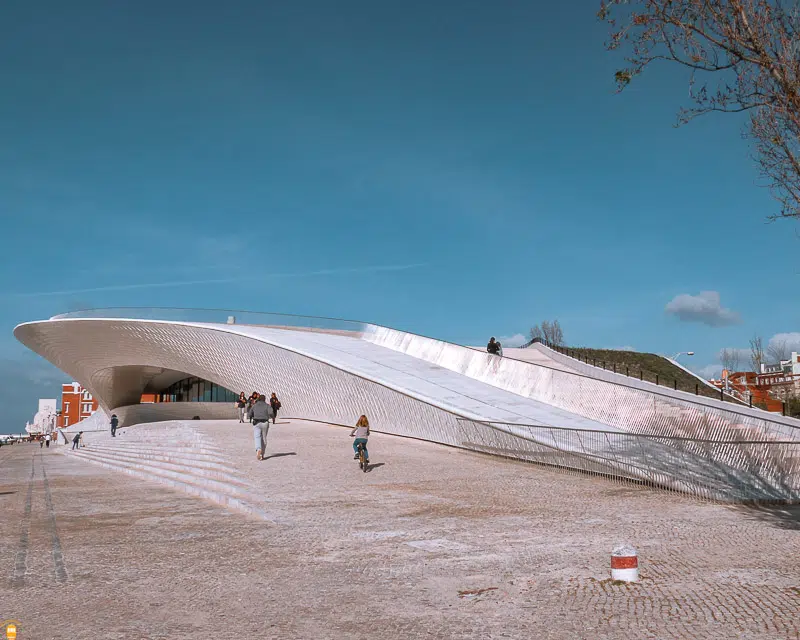
Located in Belém quarter and close to other points of interest, this museum is the newest museum in Lisbon and is one focused on contemporary art.
Constituted by two buildings, property of Fundação EDP, MAAT transformed the cultural landscape of the Portuguese capital and it intends to offer its visitors a modern and sophisticated collection.
Take the opportunity to stroll through the landscaped space close to the riverfront and, as a curiosity, know that you can cross the beautiful pedestrian bridge over the busy Avenida Brasil.
12. Belém National Palace

This magnificent palace was built in the end of the 16th century in Baroque and Neoclassical styles and is composed of a central building facing Tagus river and some beautiful patios and gardens, among others.
Perhaps because this palace is the official residence of the President of the Portuguese Republic, it is one of the most exclusive palaces in the country and people can only visit it on Saturdays (with a guide) depending on presidential agenda.
If you can’t explore the palace, you can visit Museu da Presidência (the Presidency Museum) where you can discover more about the life and work of Portuguese presidents but more – you can also admire documents, personal objects and diplomatic gifts received by the presidents.
13. Hieronymites Monastery (Mosteiro dos Jerónimos)
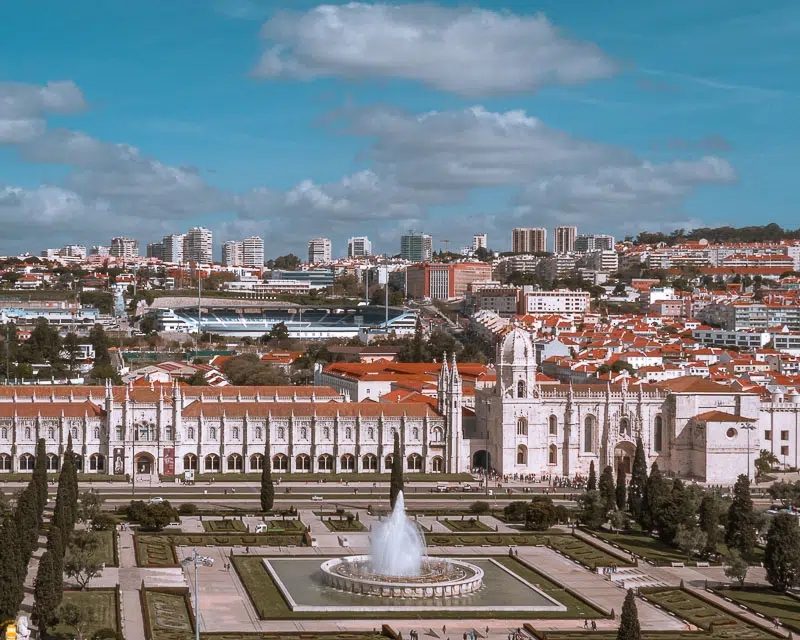
In 1502, King Manuel I decided to order the construction of this huge and religious monument. Located in Belém historic quarter, this magnificent building mirrors the richness of the Portuguese discoveries all over the world in the 16th century.
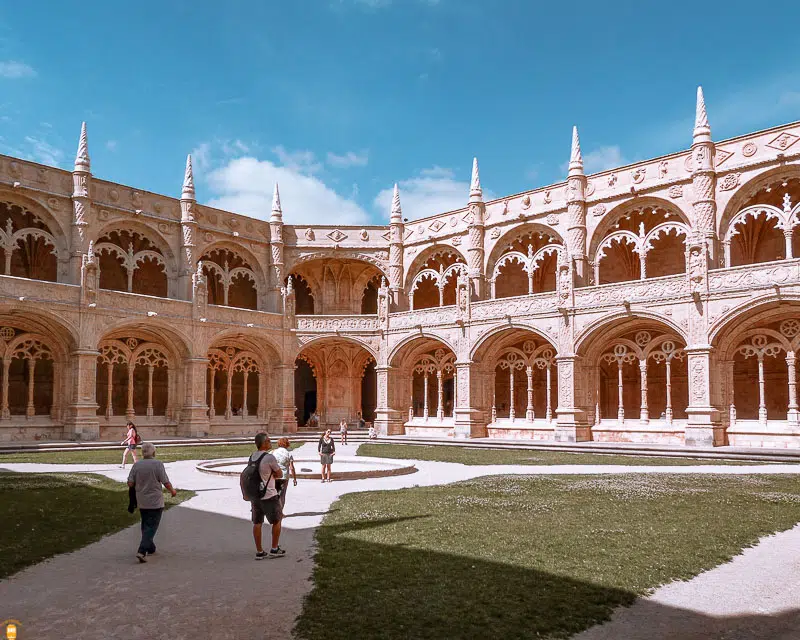
Like Tower of Belém, this monument is also one of the most important symbols of Manueline style and it is today one of the most visited places in Portugal. Apart from its architectural beauty, you’ll have the opportunity to admire the amazing tombs of Portuguese figures such as Camões, Vasco da Gama and D. Manuel I.
BY : Top 20 of the places to visit in Lisbon and what to see! (gotoportugal.eu)



